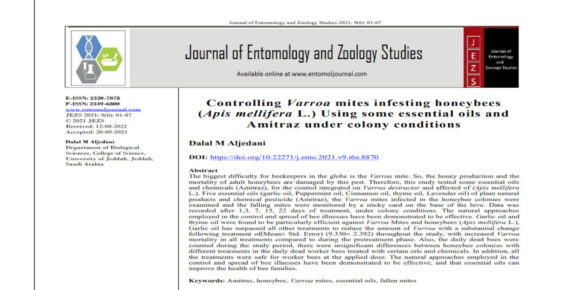FIRST COLOSS Workshops after the Pandemia
In the second week of February 2023 the two COLOSS core groups Monitoring and B-RAP met again in person after two years with annual online workshops. Do you recognise the country and city from the group photos? Yes, we were in Warsaw, experiencing the Polish cold, were treated with excellent Polish food and even had…















